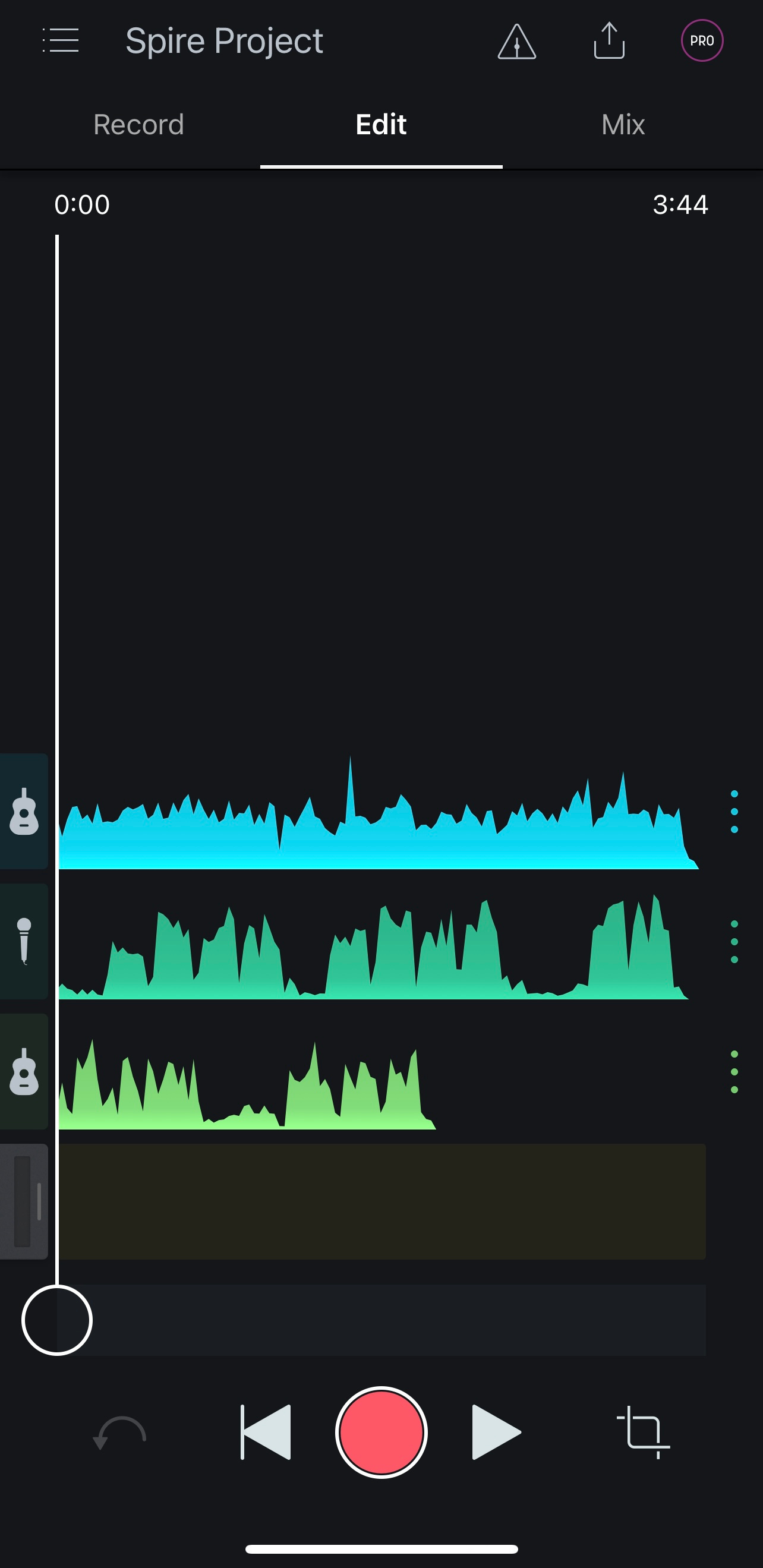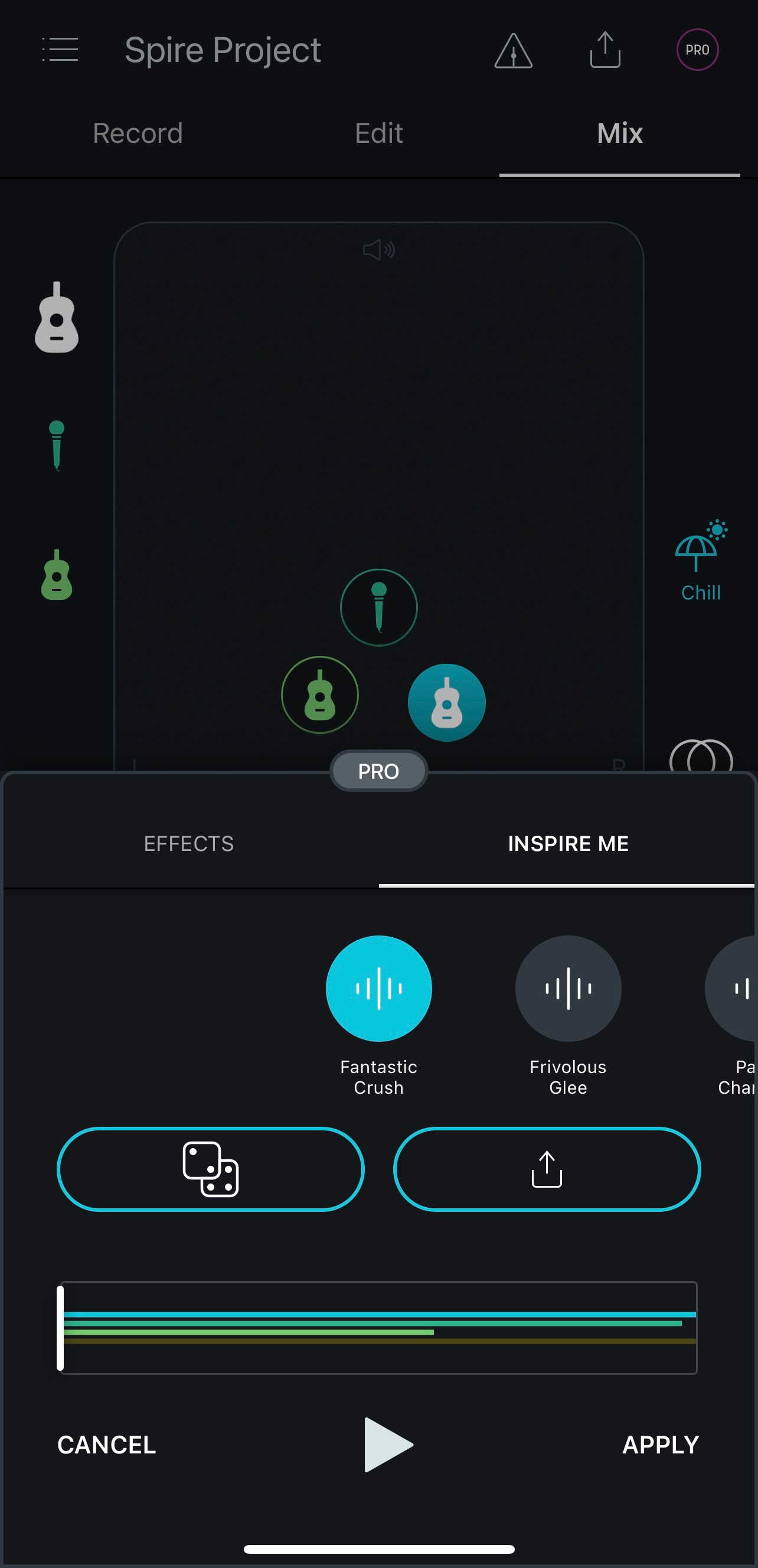When I was younger, I always formed bands with friends and wrote songs. We would spend evenings and weekends in basements practicing and making music the best we could. Then, we’d plan to record, and things would fall apart.
We bought four track recorders, mixers, mics, downloaded different studio programs, and always hit a brick wall trying to use any of them at a high level. Sometimes we soldiered on, did our best, and made the music anyway, but inevitably the frustration with the results would lead the endeavor to end prematurely.
When I decided I wanted to start writing songs and recording demos with hopes of recording in a professional studio at some point, the idea of recording even basic demos was a dark specter I did not want to entertain.
I started with the most basic recording, using the Voice Memos app on my iPhone to capture the general idea—acoustic guitar and vocals. I figured if that was good enough for Jeff Tweedy, it’d more than suffice for me. For a year, that’s been fine just to catalogue ideas. Yet I knew I wanted to do a little more before recording finalized versions. I wanted to tinker with adding bits and bobs and such, and Voice Memos didn’t give me the ability to multi-track.
My teenage son preached the glory of Garage Band and its merits with tracks he makes effortlessly, but to me it just seems more than I want to get into, necessitating adapters and such to record guitar and vocals and just a lot more thought than I want to give that side. I want to think about the songs, not the engineering.
One night I typed something like “basic multi-track recording apps” into google and found a few to check, one being Spire: Music Recording & Studio. It looked like it might work, and the App Store reviews suggested it could be exactly what I want.
And it is.
In its basic free version, without the equipment they also sell to use with it, it uses the iPhone microphone to record, which at first made me think it would sound as bad as my Voice Memo tracks, but it is so much better. It offers a “sound check” starting point for each track, which helps identify what instrument you are recording and sets the levels based on the volume you are playing. Then, after you capture a track, it gives you access to several post-recording effects to add distortion, chorus, reverb, etc. It even offers you a crap-shoot style “inspire me” effect setting where you can sample ideas of ways you can make the track sound.
Recording is extremely easy in itself. You select the track to record on, complete your sound check, and start playing. The sound quality is significantly better than it should be for such a low barrier to entry. After you record one track, you can edit it if needed to trim out parts or just select the next track and record your other instruments or vocals.
Once all the recording is completed you can select any effects you want, and then you get to mix the track on a basic touch screen where you can move tracks higher or lower to increase or decrease their volume and left or right to pan.
Finally, once done, you can export in a several formats, including m4a (which I use) and email it to yourself to do with what you wish.
Ultimately, everything you need to record is boiled down to the most user-friendly interface I have ever encountered.
The only hiccup I found was using Bluetooth headphones, which created just enough delay to make recording in time with other tracks impossible. However, once I plugged regular wired headphones in, it was smooth sailing.
One of my goals on this Substack is to talk about making music and share links to demos on my SoundCloud page. I will be using Spire: Music Recording & Studio to record those tracks. I have already completed a few, and I am satisfied with the resulting quality. Spire has made my least favorite part of making music much more convenient and removed one of my biggest barriers to making songs.
Besides sharing demos in the future, I will be writing more pieces like this one where I talk about the gear I will be using to create songs as maybe you are in a similar place and will benefit from hearing how another layman makes music.






